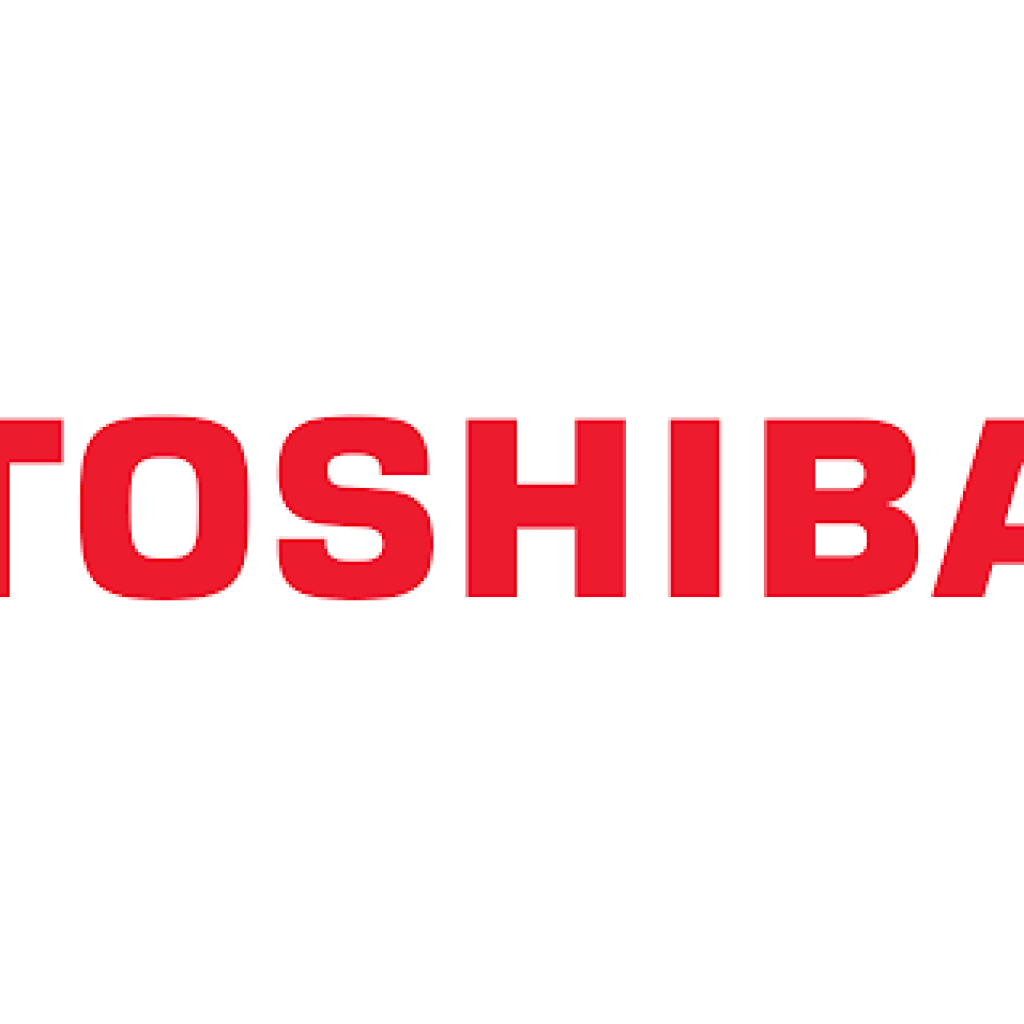(Sponsored: By Andrew Shields, Head of Quantum Technology Division, Toshiba)
Increasing interest in the possibilities held in the world of commercial quantum computing continue to drive major international investment in the industry. Governments across Europe are developing quantum computing initiatives to ensure their economies are ‘quantum-ready’. In 2020, the UK unveiled both it’s first quantum computer and plans for a national quantum computing centre, due to open in 2023. Additionally, Germany has committed some 2 billion Euros in COVID-recovery funds into quantum technologies – supplementing wider continental investment in quantum.
Certainly, quantum computers offer an unparalleled opportunity given their capacity for high computing power. However, this advanced computing potential comes with a cybersecurity threat which necessitates a way of securing the quantum threat, sometimes referred to as the “Quantum Apocalypse”.
Fortunately, though, the solution to negating the quantum threat is already here. With multiple milestones achieved over the past few months demonstrating its commercial viability, the arrival of Quantum Key Distribution (QKD) is crucial to the development of the quantum economy, because it provides the next-level of security required in the era of large scale quantum computing. Furthermore, it seems very likely that a large scale quantum computer will be a distributed networked device, utilizing the very technology that is the basis of QKD.
Securing Communications with QKD
Unlike conventional public key encryption, whose security depends on difficulty of solving complex mathematical problems within a practical timeframe, QKD’s security is guaranteed by fundamental physical laws. By harnessing the inherent unpredictability in the state of particles, like electrons or photons, QKD can be used to generate the random numbers needed for cryptographic applications. Furthermore, by sending streams of encoded single photons through an optical communication network, it is possible to share a secret digital key that can be used for encrypting or authenticating information. Combined with quantum resistant algorithms, this means that QKD is not only secure from today’s eavesdropping attacks, but all future ones as well.
However, not all QKD solutions are the same, and there have been major barriers to adoption until recently due to cost and infrastructural requirements. Toshiba, however, has created what could be the tipping point in the adoption of the technology through its multiplexing solution. Conventional QKD systems require dedicatedoptical fibres, which are expensive to lease and not always available. In the past this has rendered QKD technology both difficult and expensive to implement. Multiplexed QKD, by contrast, allows the quantum channel, the associated QKD channels and the encrypted data to co-propagate on one fibre or a fibre pair. This is an absolutely crucial development, which greatly reduces the cost of deployment of QKD.
QKD Today and Tomorrow
We’re already seeing QKD in real-world environments across the globe. In 2020, the US Quantum Xchange (QXC) Phio network was used to transfer trading algorithms, customer settlement accounts for large banks, and even secure video streams across a 32km network link from Wall Street in New York to New Jersey. In Japan, Toshiba’s QKD was used to secure the world’s first quantum cryptography transfer of sensitive genomic medical data in a trial conducted in conjunction with Tohoku Medical Megabank Organization at Tohoku University (ToMMo). And here in Europe, the UK’s first industrial deployment of a quantum-secure network is transmitting sensitive data at high-speed over fibre between the National Composites Centre (NCC) and the Centre for Modelling and Simulation (CFMS) – two Bristol-based smart production facilities central to UK industry.
After decades of fundamental research, QKD is now economically viable for commercial carrier networks through the multiplexing breakthroughs described above. Aided by public funding, such as the InnovateUk AQuaSeC project, research is also underway on the next generation of QKD, designed with the aim of driving down costs and further increasing performance.
This global level of investment will continue to increase over time, underscoring the march towards an economy underwritten by quantum technology. With QKD, we step into the first stage of the quantum era, ready to enable government and organizations to begin to benefit from its powerful pote
AUTHOR: Andrew Shields, Toshiba
